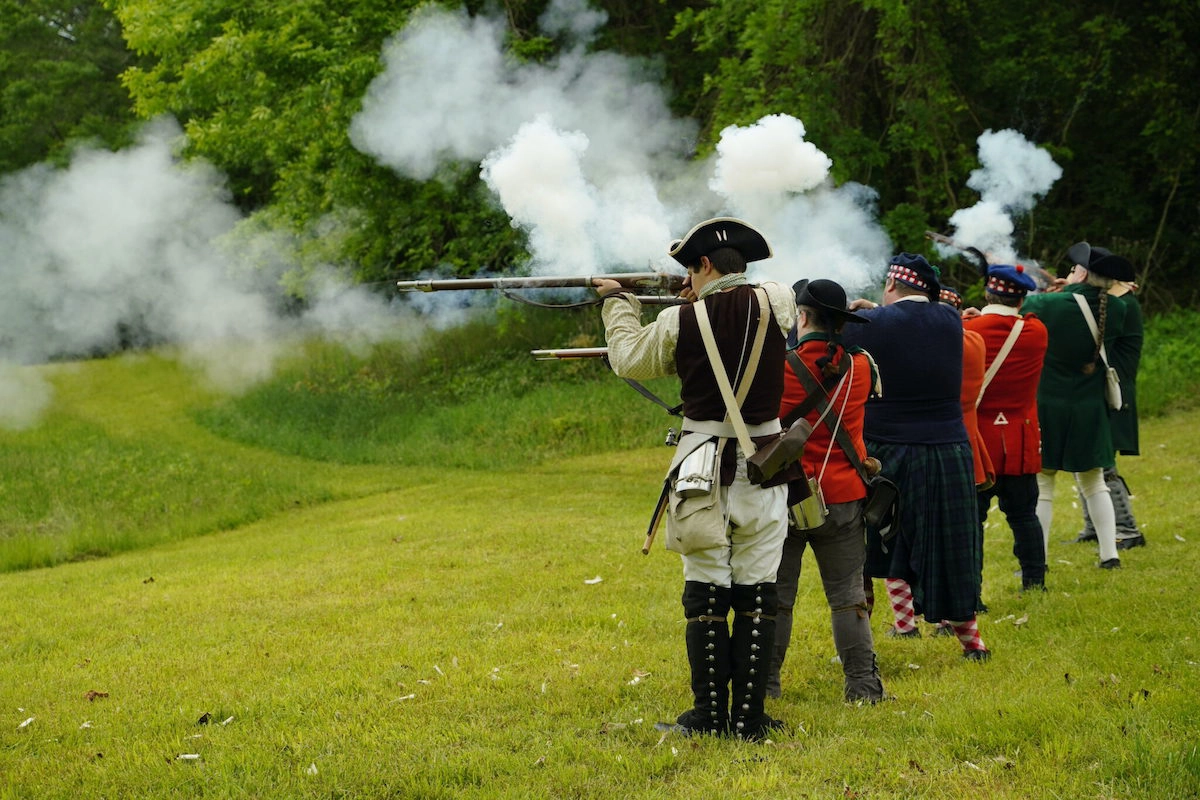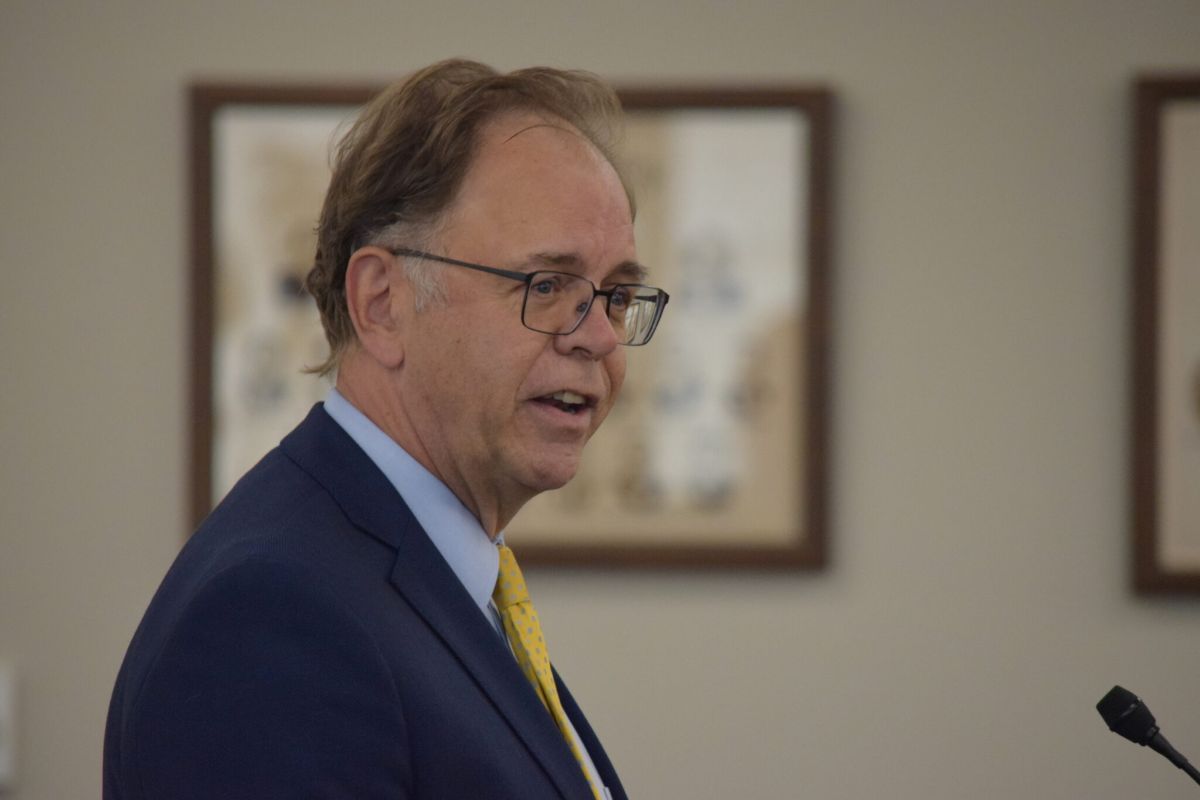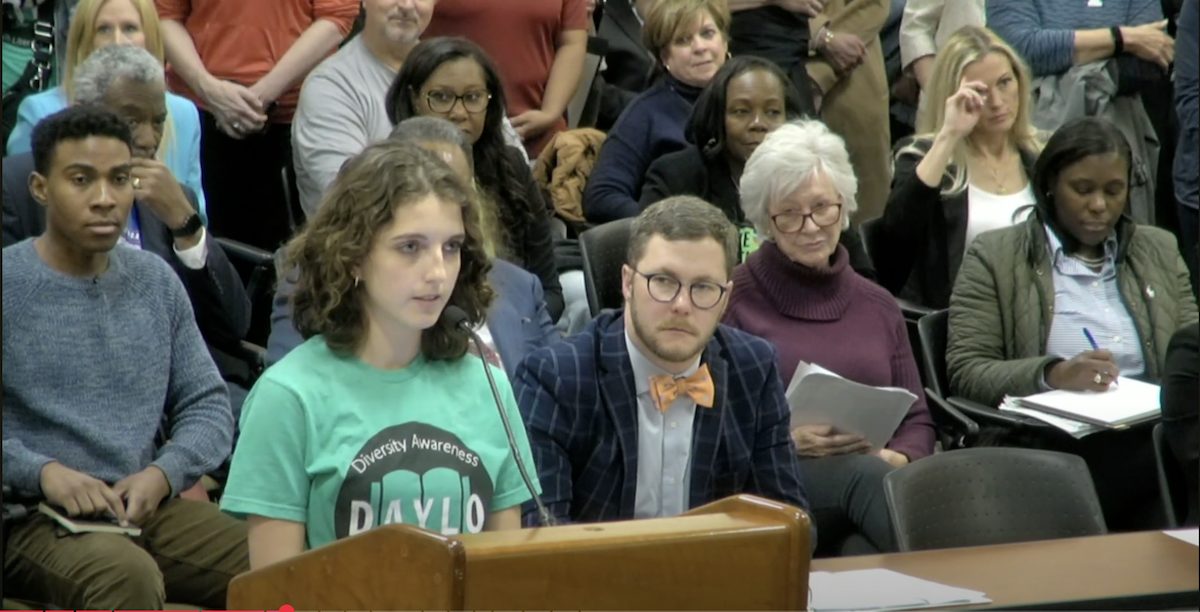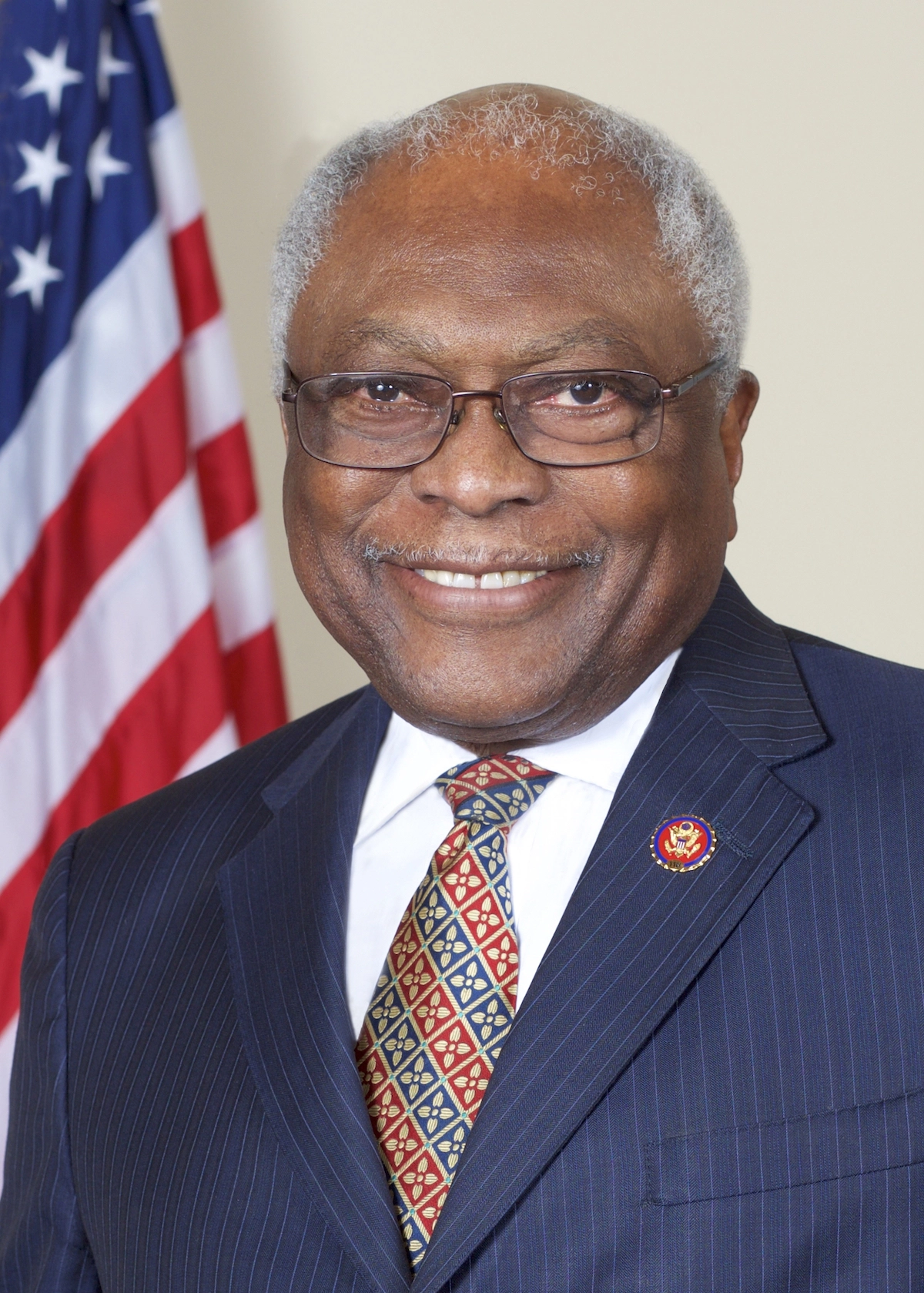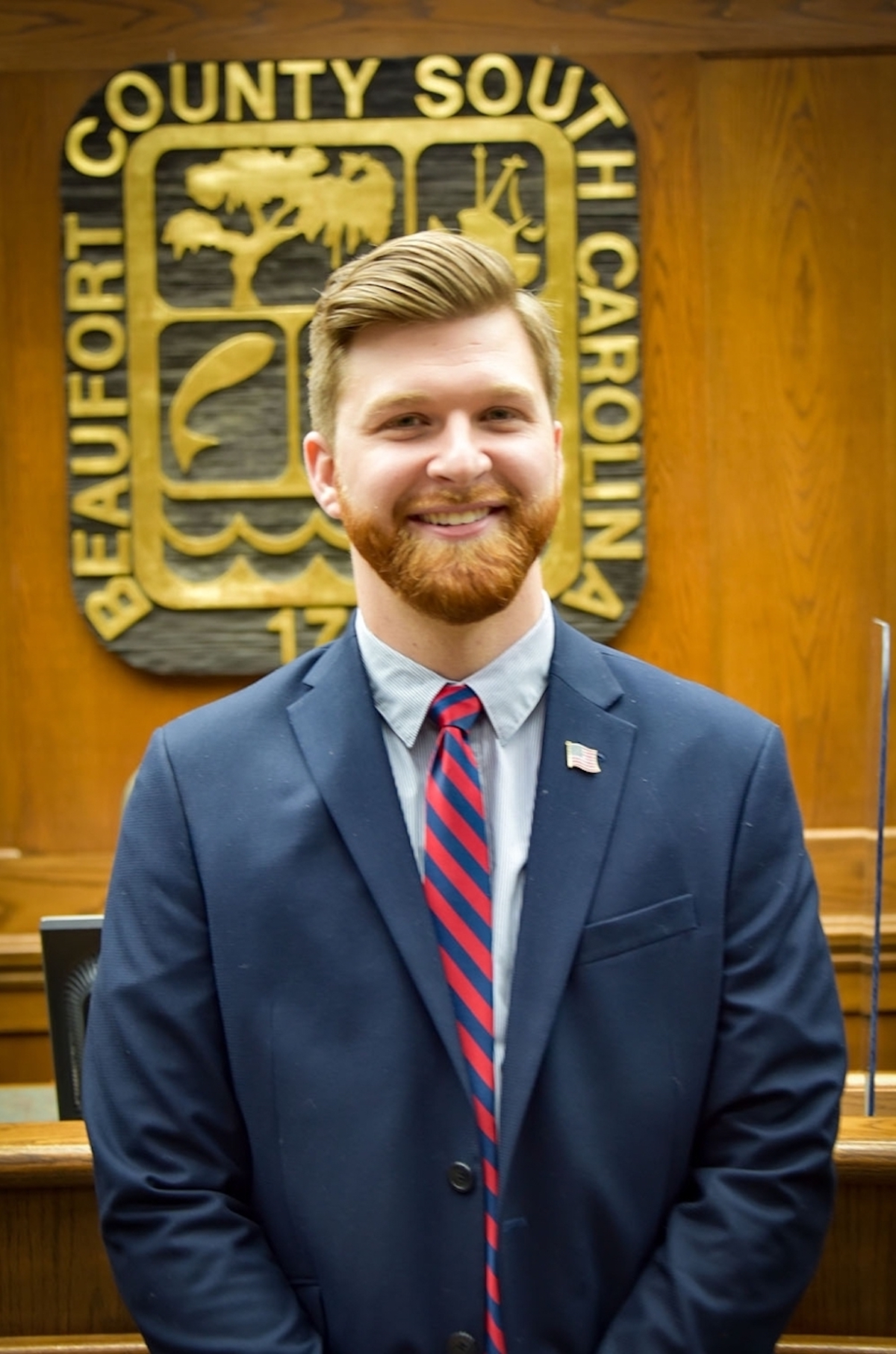More than $2M in state grants doled out so far; $11 million worth of projects in works
By Skylar Laird
SCDailyGazette.com
When Molly Fortune moved to Newberry in 2015, she had no idea the street in front of her house was historic.
It wasn’t until 2022, when she became executive director of the commission tasked with celebrating the 250th anniversary of the American Revolution, that she learned Main Street was a thoroughfare for troops traveling between Ninety Six, site of two major battles, and Winnsboro, home to a British encampment.
“People just don’t realize it,” Fortune said. “Everywhere you go, you’re right on top of what happened here in South Carolina.”
The state’s American Revolution Sestercentennial Commission is working to preserve and educate people about the hundreds of sites statewide tied to America winning its independence. While more Revolutionary War battles and skirmishes were fought on South Carolina soil than in almost any other state, even most South Carolinians don’t know that.
Legislators created the commission in 2018 to help change that as the nation observes the 250th anniversary of its birth (though they didn’t put any money toward it until 2021).
The first few years were spent planning and getting counties on board, Fortune said.
The last four state budgets, including the one that took effect July 1, have collectively provided the commission more than $15 million to collaborate with counties to buy and restore historic sites, educate students with hands-on lessons, and hold events leading up to the anniversary of the July 4, 1776, signing of the Declaration of Independence.
Since launching its grant program in 2022, the commission has awarded more than 90 grants ranging from $3,000 for planning assistance to $160,000 toward digitizing and publishing the papers sent to and from Brig. Gen. Francis Marion, nicknamed the Swamp Fox.
Amounts in between include $124,000 to help buy property at the Battle of Eutaw Springs in Orangeburg County and $20,000 for archaeology nearby, according to its list of grant recipients.
Grants for the 2024-2025 fiscal year opened last month. Applications for larger grants are due Sept. 26.
While most people’s attention goes to the 2026 anniversary, the real work is in preserving the state’s history, Fortune said.
The commission’s work will continue through 2033, the 250th anniversary of the Treaty of Paris that formally ended the war.
Of course, that doesn’t mean the state will ignore the big date, she added.
In South Carolina, there are actually two of those a week apart— the 4th of July and Carolina Day, which celebrates when South Carolina troops defeated the British Royal Navy in the Battle of Sullivan’s Island.
That battle on June 28, 1776, marked the Patriots’ first decisive win, thanks partly to Fort Sullivan’s construction of palmetto tree trunks and sand. Cannon balls bounced off the walls or embedded in the sand. The flag that flew at Fort Sullivan became the basis of the Palmetto State flag. (The original indigo flag shot down during the bombardment lacked the now-iconic tree in the middle.)
Exactly how that anniversary will be celebrated statewide is still in the works. As with most of the commission’s work so far, counties will have a big say in how they celebrate, Fortune said.
“We want to know from our counties and from the people that live in those counties, what does that celebration look like for you?” Fortune said. “And it could be different in Newberry than Calhoun than Marion, but we’re all going to celebrate Carolina Day.”
Historical tourism
In December 1780, Patriot troops led by Brig. Gen. Daniel Morgan attacked loyalists who had been plundering families in what is now Laurens County. The Patriots killed or injured more than 100 men, taking 40 prisoners, without losing a single man of their own, according to the American Battlefield Trust.
When British Lt. Col. Banastre Tarleton heard the news, he assembled his troops and went after Morgan. The two clashed in the Battle of Cowpens, where the Patriots pulled off a surprising victory credited with turning the tide of the war and setting the groundwork for the British defeat at Yorktown, Virginia, nine months later.
“It really is a chain that tells the role that the Southern campaigns and South Carolina, particularly, played,” said Heather Hawkins, the commission’s grants manager.
The commission has spent $97,000 in grants to study and preserve the site of that battle, known as Hammond’s Store. The biggest chunk of that money, $87,000, went toward buying the 30-acre piece of land in 2023. The state Conservation Bank chipped in an additional $80,000 toward the cost.
Now, the commission, working alongside the South Carolina Battleground Preservation Trust, is working to finish up a series of trails with signs that tell the story to the public, Hawkins said.
That battle exemplifies much of what the commission is looking for when it chooses which places to award grants, she said.
With hundreds of battles and skirmishes in the state during the war, it’s impossible to save every piece of land.
Most of the more major battles have some sort of recognition already. Cowpens, for instance, is designated a national battlefield through the National Park Service.
The commission wants to tell the stories that marked a turning point of some kind but don’t have that sort of national recognition, she said.
In particular, the commission is focused on smaller, more rural areas, Fortune said. Charleston is often a go-to for tourists looking to learn a bit of history, but rural areas are rich in stories, too. They just don’t have the same resources to tell them, she said.
“There’s so much out in the back country where a lot of this took place,” Fortune said. “We’re looking all over the state and trying to spread the wealth to all the counties.”
All told, commission grants totaling $486,000 have gone to help buy seven historical sites, according to the commission’s website. Six grants have funded research on sites. Another five have gone toward renovating land already open to the public.
More people are already visiting Laurens County and asking about the history, said Christian Taylor, tourism marketing manager for the county’s Chamber of Commerce. The county is working to create a trail visitors can bike or drive along, with historical stops along the way, to appease people asking for tours, she said.
“We get a lot of people here for historical reasons,” Taylor said. “It blows my mind every day.”
Education
The commission also focuses on telling stories that have historically been underrepresented, such as those involving women, children, African Americans and Native Americans, Fortune said.
For instance, the commission is working to trace the path Catawba tribe members would have taken to travel through the state, Fortune said. A $15,000 grant is helping a research group write a paper on how the Revolutionary War led to some slave owners deciding to free their slaves.
Other counties have paid for education in a more traditional sense, by finding new ways to teach about the war in classrooms.
The Laurens County Chamber of Commerce sponsored essay and art contests for children to write about important revolutionary figures and draw what they think the county would have looked like during the war, Taylor said. That came from a $6,000 grant.
“It’s bridging that gap to get the information to our students,” Taylor said.
Other education initiatives have included $10,000 for a Kershaw nonprofit to create a history club for fourth- through 12-grade students, $10,000 for Anderson County to rent traveling trunks filled with replica Revolutionary War clothes and items, and $20,000 for a historian to create a series of comic books based on the war.
The commission also funds what Fortune calls “accidental tourism,” such as adding signs to what are already popular destinations telling people about the battles that happened there.
Chester County, for example, is working to put up a plaque telling the story of Brig. Gen. Thomas Sumter’s half-naked escape after the British attacked his troops while he was napping beside Fishing Creek.
“Those are fun projects, where it’s like, ‘Wow, you really thought outside the box,’” Fortune said.
The stories Fortune really wants to tell, she said, are those about the people involved. When she visits historical sites, she often thinks about the people who died and were buried there, especially the ones no one knows about, she said.
“These people are still here, and we owe them those stories,” Fortune said. “We owe it to all of our underserved communities to tell those stories that aren’t (told).”
Skylar Laird covers the South Carolina Legislature and criminal justice issues. Originally from Missouri, she previously worked for The Post and Courier’s Columbia bureau.
S.C. Daily Gazette is part of States Newsroom, the nation’s largest state-focused nonprofit news organization.


